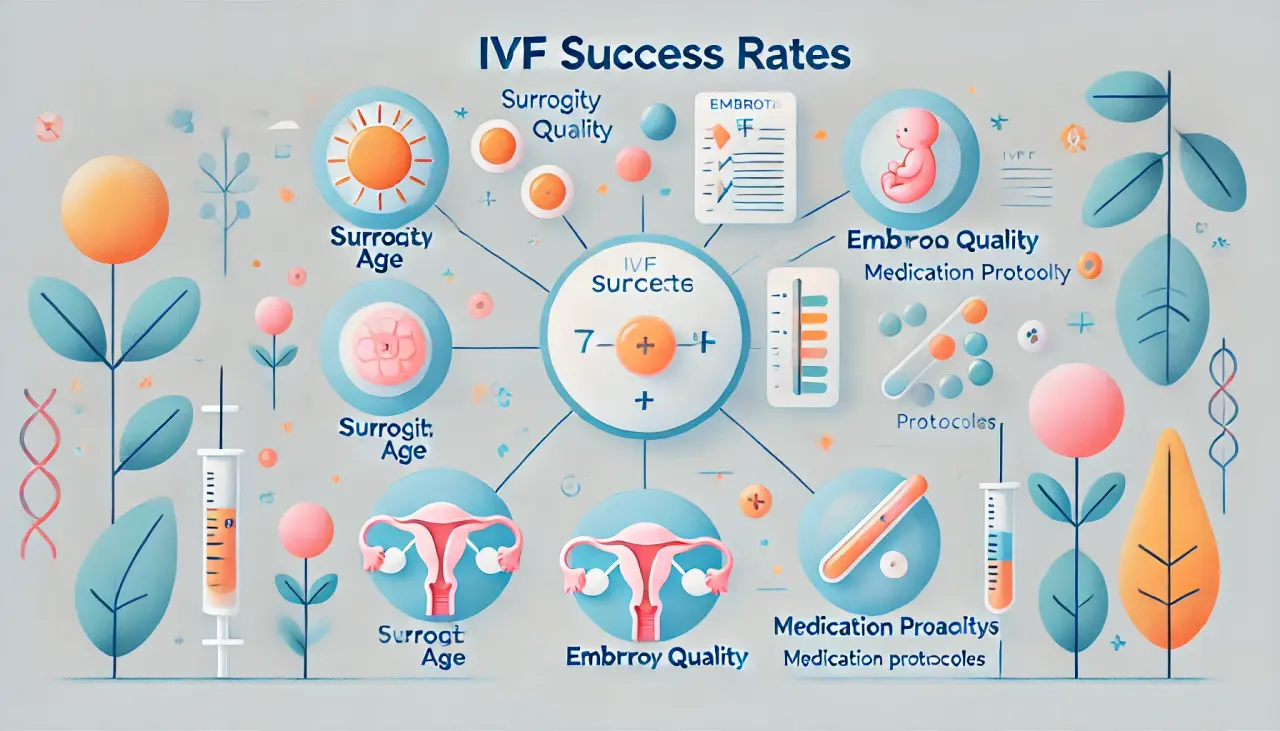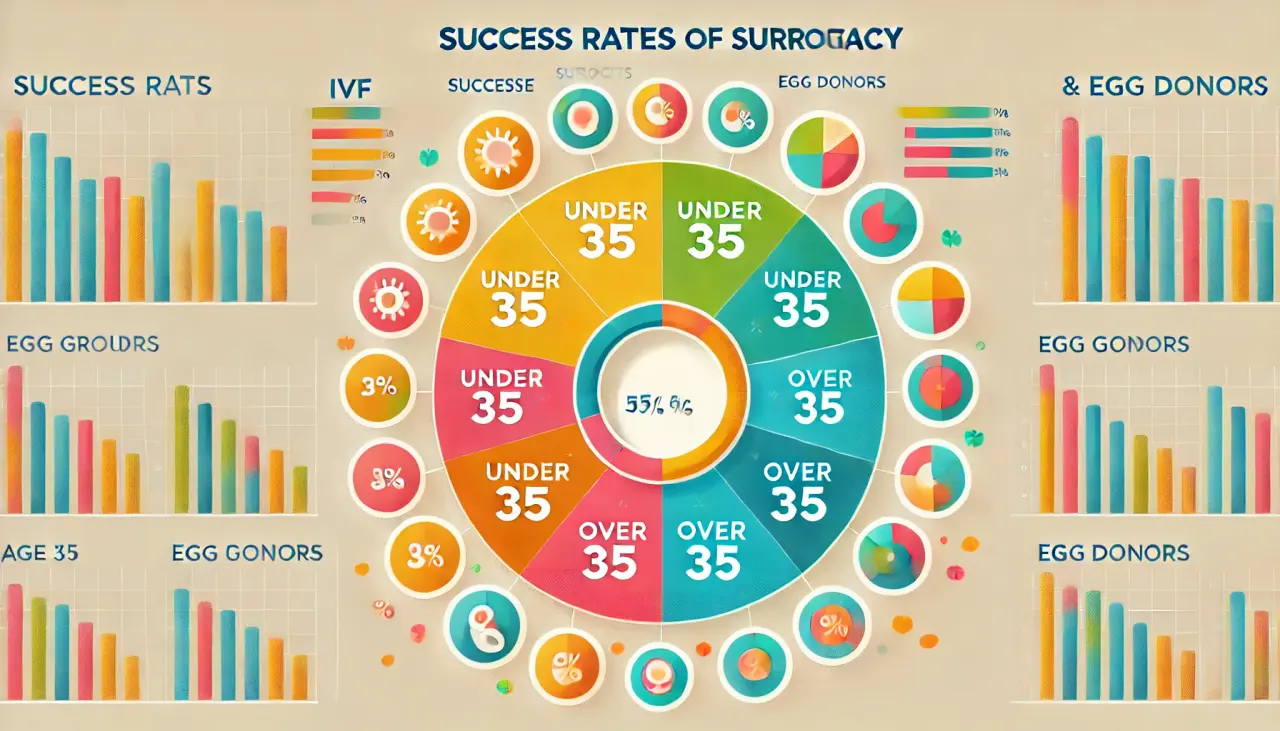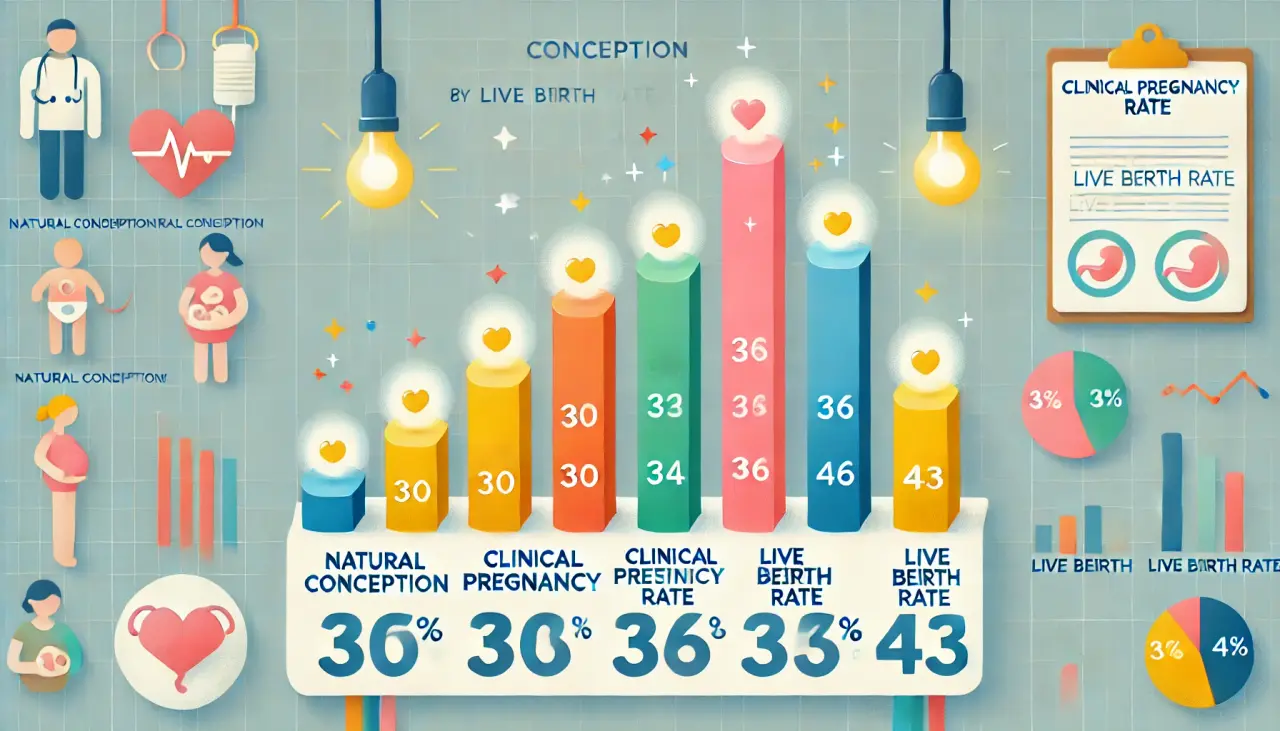
Surrogacy Success Rates and Key Factors Influencing IVF Outcomes
The journey of surrogacy is a profound one, and understanding surrogacy success rates alongside IVF success rates provides crucial insight for intended parents. Knowing the key factors that impact IVF and surrogacy outcomes empowers families to make informed decisions while navigating the complexities of fertility treatments.
Understanding Surrogacy and IVF Success Rates
Success rates for surrogacy and IVF vary based on several factors, making it important to look beyond surface-level statistics. While many surrogacy agencies advertise success rates between 60% to 80%, these figures often reflect ideal conditions, which may not represent every case. In reality, success rates are influenced by the surrogate’s health, the quality of the embryo, and other individualized aspects of the process.

Key Factors Impacting IVF and Surrogacy Outcomes
Several primary factors can affect IVF and surrogacy success, including:
- Age of the Surrogate or Egg Donor: The age of the surrogate or egg donor is one of the most significant factors. Surrogates under 35 tend to have success rates above 60%, while older surrogates may experience reduced success due to biological factors.
- Embryo Quality: The quality of embryos, often determined by genetic screening, plays a critical role in surrogacy success. Embryos with strong viability have better chances of implantation and healthy development.
- Medication and Protocols: Proper medication management can make a significant difference, especially in preparing the surrogate’s body to accept the embryo. Individualized treatment plans often enhance outcomes.
- Experience of the Medical Team: Clinics with experienced teams and advanced equipment typically offer better outcomes. Countries like the Czech Republic have shown reliable results due to their standardized protocols and experienced fertility specialists.

How to Interpret IVF Success Rates in the Context of Surrogacy
When evaluating IVF success rates, it’s essential to consider each clinic’s approach. Clinics offering higher success rates may selectively work with younger surrogates or use advanced preimplantation genetic testing (PGT) to ensure the quality of embryos. It’s wise to ask clinics for detailed information on their statistics, including age factors and the protocols they follow.

The Global Landscape: IVF and Surrogacy Trends
IVF and surrogacy have become increasingly accessible worldwide, with countries like the Czech Republic, Thailand, and the United States leading in IVF technology. Intended parents should consider each country’s regulations and the success rates reported by their clinics to make well-informed choices. In ”Global Surrogacy Data and IVF Success Rates: Trends, Costs, and Success Metrics“ article, we present the Global Surrogacy Success Rates data.